St Benedicts Abbey
In 1876, Simon Fraser, the 13th Lord Lovat gave land to the Benedictine Fathers who wanted to establish a monastery in Scotland.
They began building the monastery a few months later and finished in the early 1880s.
The old fortress was demolished to make space for the new abbey, which was designed by Peter Paul Pugin, son of Augustus Welby Pugin, architect of the Palace of Westminster.
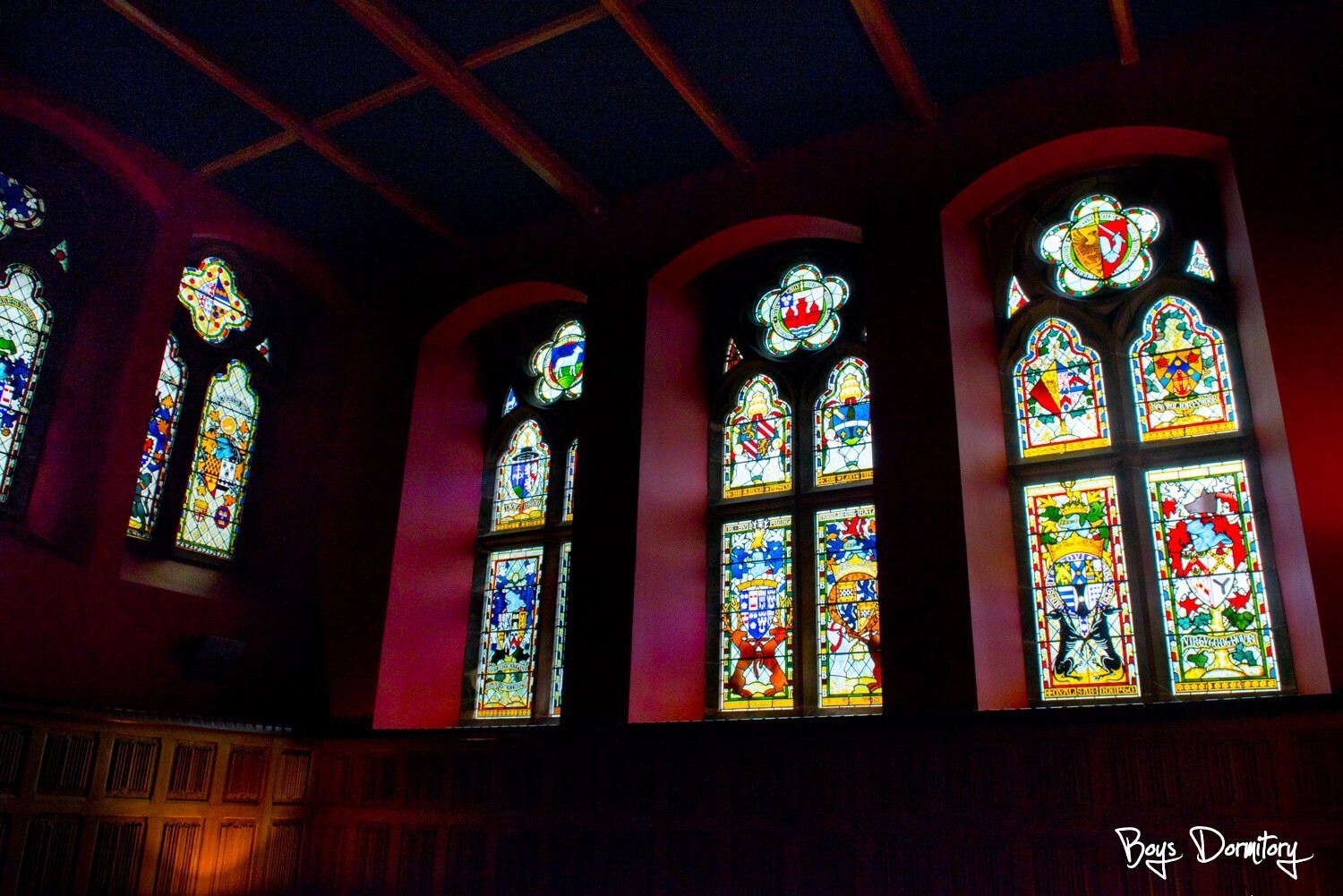

The Abbey School
In 1878, the monks started a school for 50-60 boys from wealthy families in one wing of the monastery. It later became Fort Augustus Abbey School and grew to accommodate 150 boys.
The school was popular due to its excellent reputation for academics. The monastery was the only one for Benedictine monks in Scotland.
The school closed in 1993 because of a decrease in demand for pupils in the region and a decrease in the number of monks.
Loch Ness
Loch Ness is Scotland’s most famous lake, and one of the biggest in the British Isles. It’s 24 miles long, up to half a mile wide and 980 feet deep, and contains lots of water – more than all the lakes in England and Wales combined.
The lake was formed over 300 million years ago when the land buckled and filled with water.
Loch Ness is fed by many rivers and streams and is home to many types of fish, including brown and sea trout, arctic char and eels.
However, it’s most famous for the Loch Ness Monster or Nessie, a creature believed by some to live in the lake.
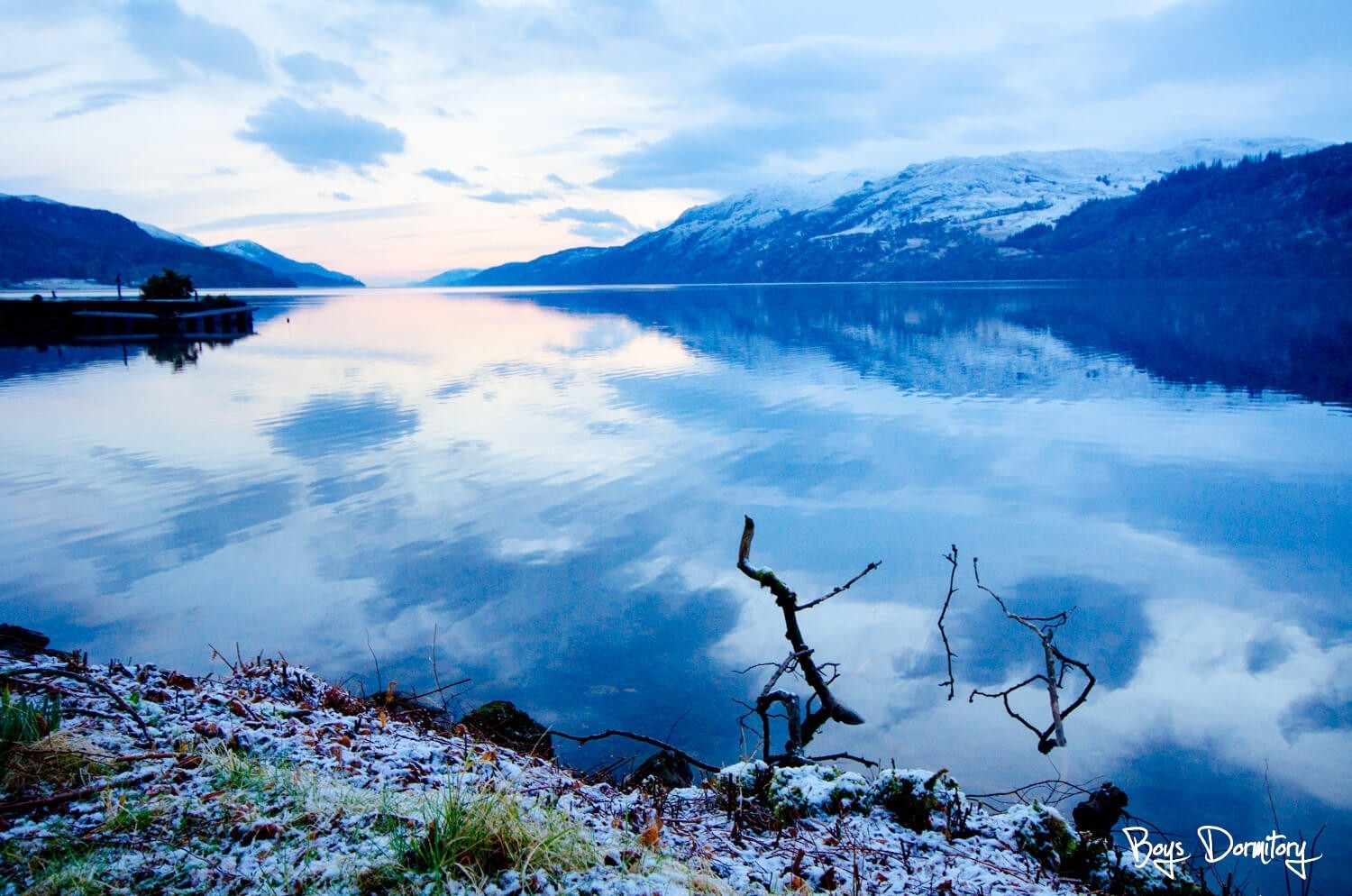

Loch Ness Monster
The first sighting of the Loch Ness Monster was in 565 A.D when St. Columba was preaching by the lake and saw a disturbance in the water. By some accounts, the monster attacked someone in the congregation, but the saint made the sign of the cross and drove it away.
In 1933, an article in “The Scotsman” mentioned the monster and sparked new interest in the loch. Many sightings followed, and the idea of a water dinosaur, possibly a plesiosaur, became popular. Newspapers reported on the monster, and people from all over the world came to try to spot it.
Nessie is now considered the world’s most famous monster!
The Caledonian Canal
The great Scottish civil engineer Thomas Telford was hired to build a canal through Scotland’s Great Glen, a challenging project that provided jobs for 3,000 men.
The canal was completed in 1822 and was a remarkable engineering achievement with its massive locks.
However, it became obsolete due to the advent of steamships and was a commercial failure.
Despite this, it is a remarkable feat of civil engineering and a popular tourist attraction, with over a million visitors each year.


Royal Approval
Queen Victoria and Prince Albert fell in love with Scotland, its landscape, culture, and people during their first visit in 1842. They bought the Balmoral Estate, which encouraged others to follow.
Queen Victoria rode along the canal in 1873 and commented on the “very rude” people peering in whilst she dined on board as her boat navigated the locks through the centre of Fort Augustus!
Paddle steamers were introduced to meet the public’s demand to visit the area. During WWI, shipping increased to avoid the German Navy. Today, the canal is used for recreation, pleasure boats, and traditional fishing boats.
Military History
Fort Augustus was a significant military base due to its strategic location at the south-west end of Loch Ness, near important military roads.
The settlement was renamed Fort Augustus after Prince William Augustus, Duke of Cumberland when General Wade constructed a large fortification in 1729.
Despite being state-of-the-art, it was captured during the 1745 rebellion to overthrow King George I, which was swiftly suppressed at the Battle of Culloden.
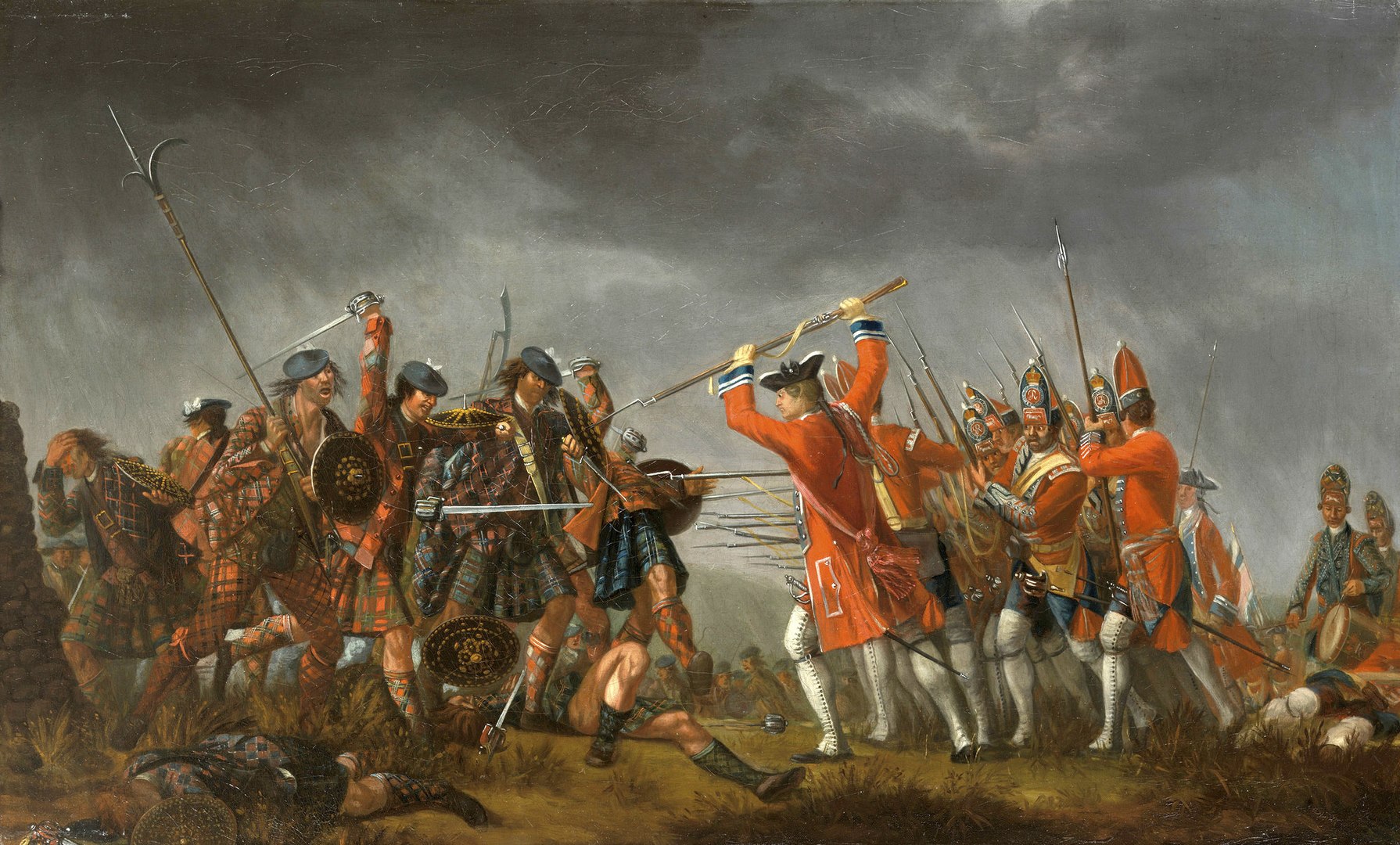
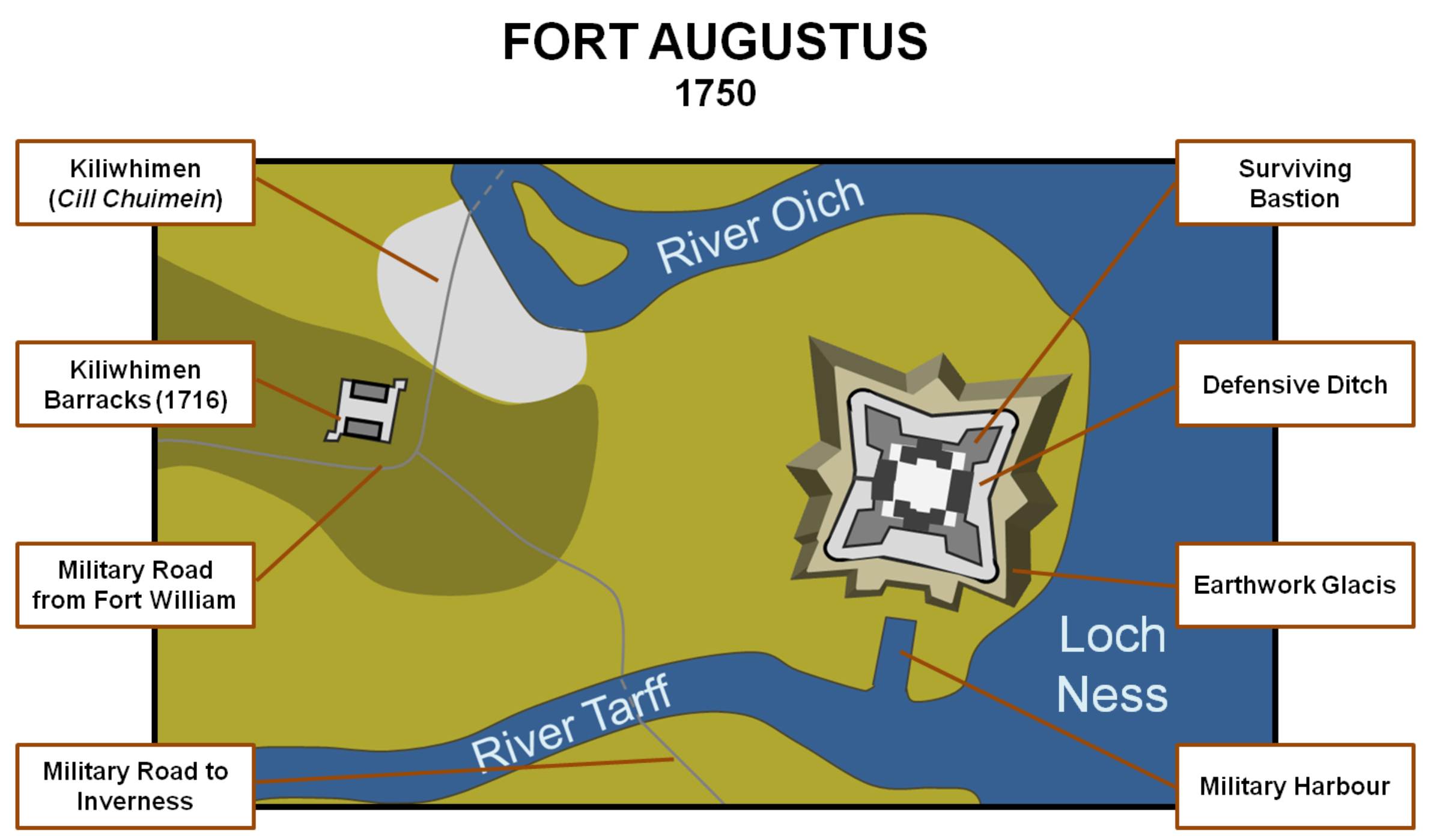
After Culloden
The Hanoverian government in London wanted to ensure that the unruly Highlands were kept firmly under control, and Fort Augustus was key to their authoritarian rule. The fort, restored to more than its original strength after Culloden, continued to be occupied by a garrison for more than a century.
The surrounding lands formed part of the estate of the Frasers of Lovat, until the connection of the Chief of the Clan, Simon, Lord Lovat, with the Stewart rising, resulted in the forfeiture not only of his property but of his life.
He was carried as prisoner to Fort Augustus and confined in one of its dungeons before being taken to London, where, after impeachment as a rebel, he was executed on Tower Hill.
Fort Augustus Today
Fort Augustus is a small but bustling village on the southwestern end of Loch Ness, known for its picturesque setting and popular with tourists.
The Caledonian Canal passes through the center of the village, with boats of all shapes and sizes passing through the five locks.
Visitors can enjoy sitting outside a pub or restaurant, watching the boats and taking in the historic village and landscape, which is considered one of the most stunning sights along the canal.

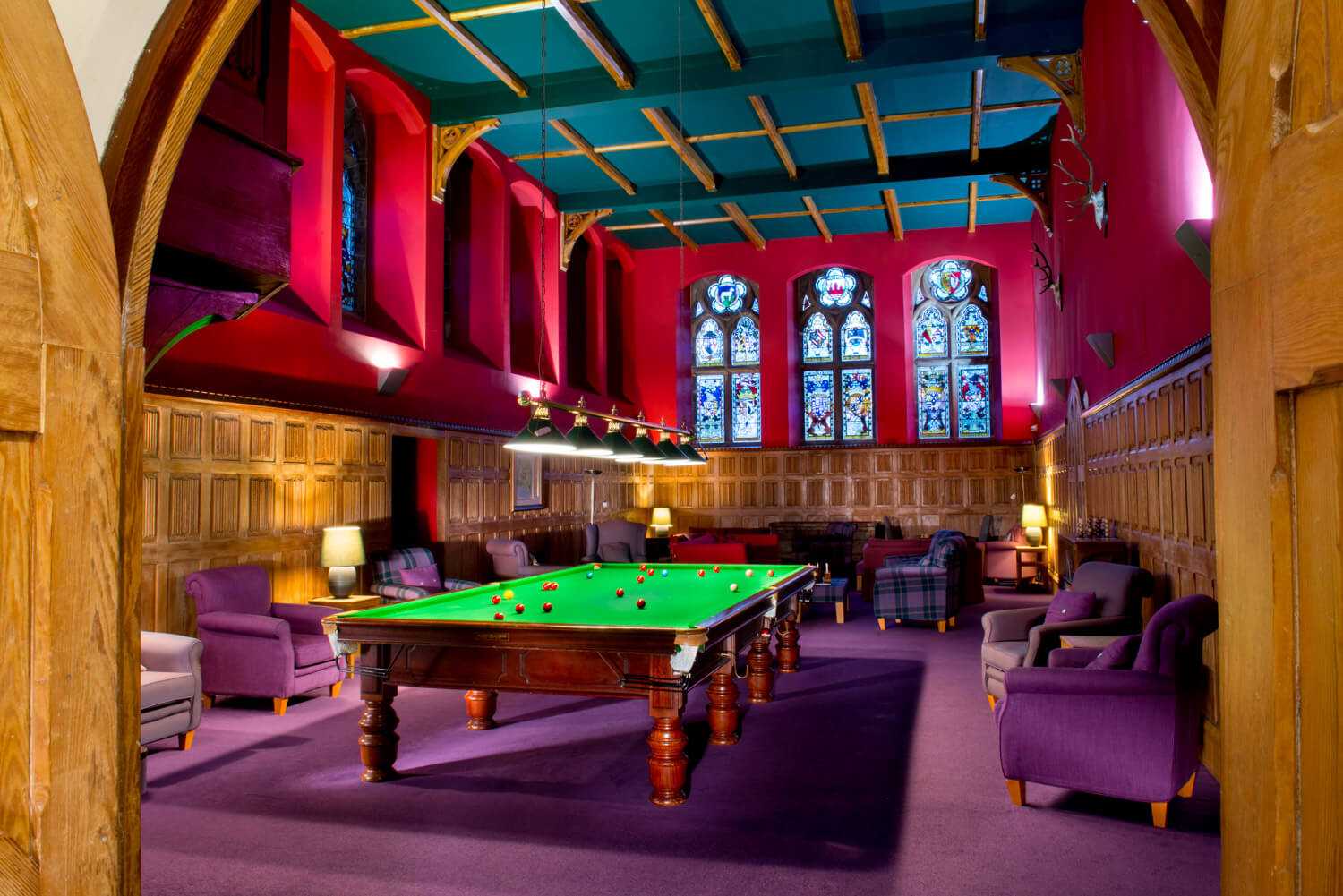
The Abbey Today
The abandoned Fort Augustus Abbey was purchased by The Santon Group in 2003 and underwent a £30million conversion, completing in 2012. Today it’s a modern leisure living space that preserves its fabulous heritage and architecture.
Visitors to Fort Augustus Abbey can now explore the fabulous cloisters, towers, gargoyles, interiors, stained glass windows and wonderful Loch side gardens of this amazing Scottish landmark Grade ‘A’ heritage building.
Whilst visiting the abbey, you can enjoy the atmospheric swimming pool, sauna & steam room inside the old chapel. We also have a 12 foot billiards table inside the luxurious club lounge.
How one recent guest described their stay at The Boys Dormitory:
‘Hogwarts – Harry Potter’ – We have just arrived home from our second stay at The Boys Dormitory and have had such a wonderful time, next year is booked already! If you want somewhere truly magical, stay here!!!!
The apartment is first class with its amenities and position over looking Loch Ness. We have photos that have changed everyday due to the sky and atmospherics, it blows your mind!
Cannot recommend this enough. We are world wide travellers, so know FANTASTIC when we see it! A MUST stay in your lifetime!!!
